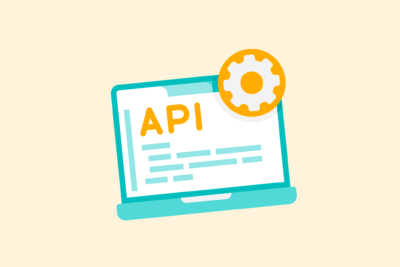Setting up internal search engine (my guide)

A good internal search function helps visitors find what they are looking for faster – and increases conversion, session length and satisfaction. Yet many sites either don’t have a search feature or have a poor implementation. In this article, I explain step by step how to set up an internal search engine that does work.
1. Determine what you want searched
Not everything needs or should be searchable. Start by making choices.
Examples:
- Blog Articles
- Product pages
- Knowledge base / FAQ
- Category pages
- Downloads or whitepapers
Exclude pages that have little value (e.g., login, 404, thank-you pages).
2. Choose a search technology that fits your site
Depending on your CMS, technical knowledge and requirements, you choose a particular tool or platform.
Options:
- WordPress default search feature – limited, but quickly deployable
- Relevanssi (WordPress plugin) – better results and weighting
- Algolia – fast, cloud-based search engine with live preview
- ElasticSearch – powerful, scalable (but more complex)
- Meilisearch – lightweight alternative for smaller projects
- Custom-built – via JavaScript + JSON or your own backend index
For content-rich sites or shops: choose Algolia or ElasticSearch. For blogs or knowledge bases: Relevanssi or Meilisearch are often sufficient.
3. Index only relevant content
Your search engine needs a clean dataset.
Practical:
- Exclude redundant post types or templates
- Use custom fields (e.g., excerpt, tags, metadata)
- Work with “weights” to prioritize certain types of content
- Incorporate synonyms and spelling variations (e.g. SEO / search engine optimization)
Algolia and ElasticSearch support this through ranking strategy and custom indexing.
Getting started with SEO? Feel free to get in touch.

4. Provide a fast UX
A good search engine not only delivers results, but does so quickly and clearly.
UX guidelines:
- Live search results as you type (autosuggest)
- Highlight keywords in results
- Show results sorted by relevance
- Use thumbnails or icons for context
- Show fallback (“no results found”) with alternatives
Use for visual highlighting in result texts.
5. Analyze search behavior
The power of an internal search engine is also in what you learn from it. Use search data for content decisions and UX improvements.
Measure:
- What is most sought after?
- What do visitors search for with no results?
- Which search terms convert best?
Tools:
- Google Analytics (measuring searches through site search tracking)
- Hotjar / Clarity (sessions with search interactions)
- Search logs from your tool (e.g., Algolia Dashboard)
6. Add extras for ease of use
Advanced search features make the difference in ease of use.
Additional features:
- Filters/facets (e.g., date, category, tags)
- Search history or ‘recent searches’
- Spell correction / “meant you” suggestions
- Category labels by result
Note that the more features, the heavier the search solution. Optimize for speed first.
In conclusion
An internal search function is more than a field and a button. If you do it right, you increase the findability of your own content, improve conversion and gain valuable insights into what your target audience is really looking for. The investment in time and technology pays off quickly.






